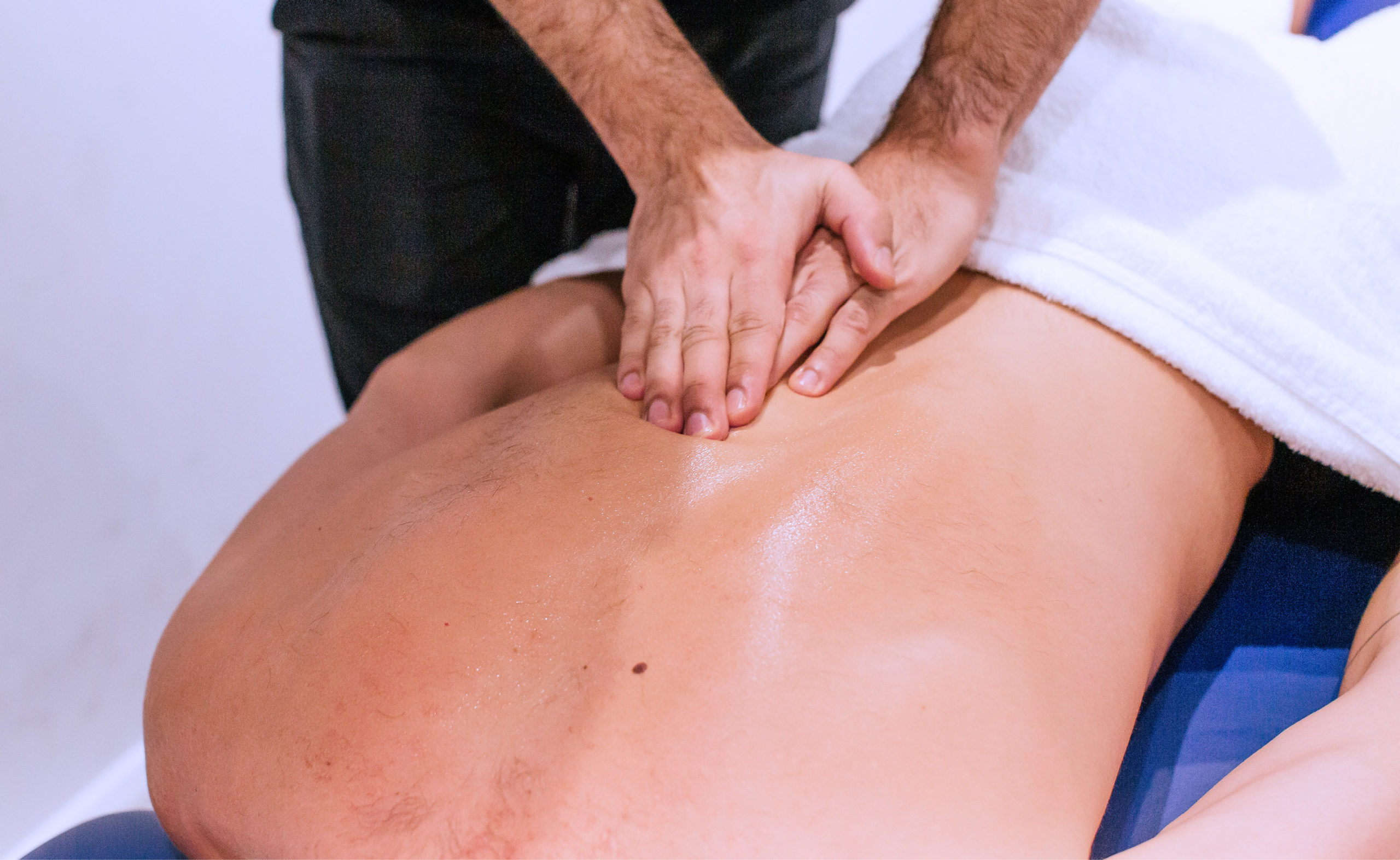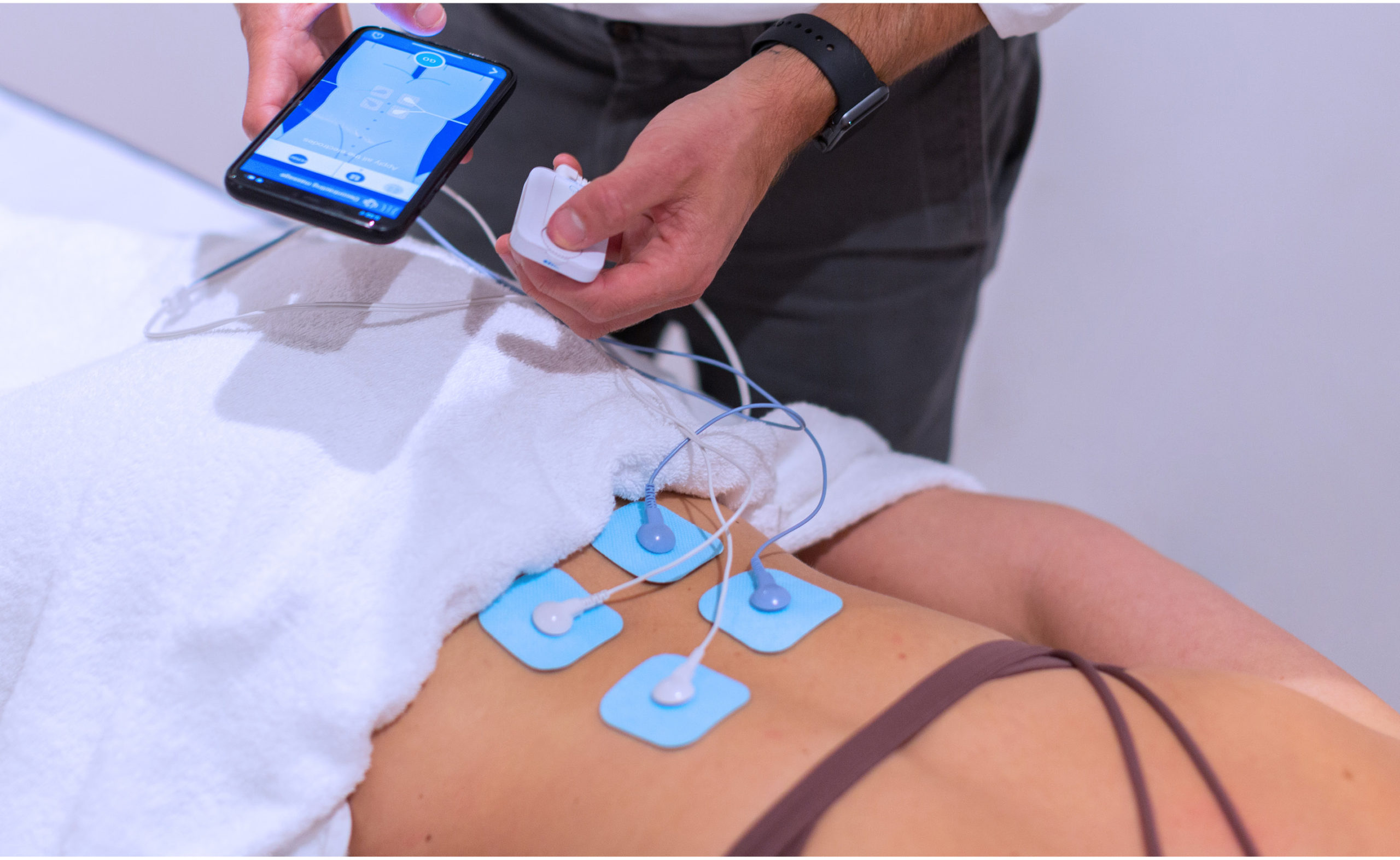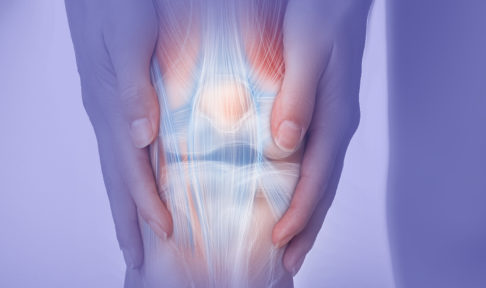Generally speaking, when you initially injure yourself you’re told to ice the affected area. But sometimes using heat can be the right response… you just need to know how, when and why you should be using it!
What are the benefits of using heat for muscle pain?
When a muscle or soft tissue is causing you pain due to stiffness, you need to loosen or open the muscle up — and the best way to do this is to get more blood to the area.
While initial icing of an injury is good because it slows the rush of blood to an injured area and prevents swelling, after a time you may find yourself stiffening up. When this happens, you will need to encourage some of the blood flow back into the area and that is where heat comes in.
Heating opens your blood vessels and encourages the muscle to loosen up. Because of this, you wouldn’t ever really want to apply heat within the first 48 hours (at least) after an injury has occurred, and normally you would wait until the majority of the swelling and inflammation has gone down. But when the time is right, you may be grateful to have a heat pack handy!
Neck and lower back pain are commonly treated using heat therapy (once any swelling has died down) as these are areas that are particularly prone to stiffness when injured.

Ice isn’t always nice… so why does heat feel so good?
Not only does heat help to loosen a muscle up (which in turns speeds up the healing process), it normally feels really nice too. As well as opening up your blood vessels, heat also tells your sensory receptors to block the transmission of pain signals to your brain, which results in immediate pain reduction.
How to correctly apply heat therapy
There are a few different ways you can treat an injury with heat, but the most common is a good old fashioned hot water bottle or wheatbag. These are readily available and can be heated at home using your kettle or microwave.
Whatever method you’re using, it’s important to make sure you don’t have it so hot that you’ll burn yourself, so protecting your skin with a layer of clothing or a towel is recommended. Then simply hold your weapon of choice in place over the injured area for about 20 minutes or so at a time, as often as you like.
If you want to get a little bit fancier, electric heating pads are also a popular choice, especially for back pain. These are portable and can be adjusted to different temperatures and can be easily ordered online from Amazon or the like.
How can a physio accelerate the effectiveness of heat therapy?
If at-home heat packs don’t seem to be doing the trick (or you’re not even sure whether heating is the right thing for you to be doing at all) it’s a good idea to go and see a physio.

At Spectrum we tend to favour TENS therapy as the most effective method of increasing blood flow to an area. TENS works by using small, painless electrical pulses to stimulate your muscles and release endorphins and other substances that block pain signals to the brain. TENS is particularly effective for back pain but works on a range of different types of injuries and conditions too.
The other way a physio can utilise heat and increase blow flow is through hands-on release or manual therapy. This can include anything from soft tissue massage to manipulations where your physiotherapist uses their hands to treat you.
Of course, both of these treatments (and any others) will be tailored to suit each patient’s specific needs, based on a thorough consultation at the beginning of the first appointment.
Are you experiencing neck or back pain? Heat therapy may be an effective part of your rehab. Book an appointment via our website today to start your treatment journey.



